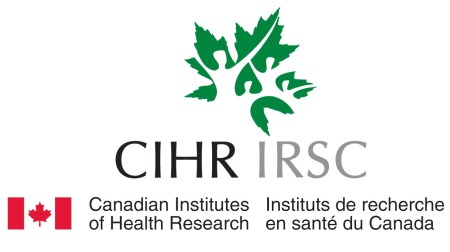
In December 2019, Coronavirus disease (COVID-19) caused by severe acute respiratory syndrome coronavirus 2 (SARS-CoV-2) emerged in Wuhan, China. The virus has since spread worldwide, leading to a pandemic with > 4 million cases and > 280 000 deaths recorded to date. COVID-19’s severity varies from asymptomatic or mild forms to severe pneumonia with acute respiratory distress syndrome (ARDS), sepsis and septic shock. The virus can efficiently spread with a mean basic reproduction number (R0) of 2.5 – 3.0, and is characterized by a substantial transmission during the pre-symptomatic phase. Thus, public health authorities have implemented several non-pharmaceutical interventions (NPIs) – such as cities and countries lockdown and physical distancing – to mitigate the spread of the virus while waiting for an effective treatment or vaccine to be developed. An alternative strategy would be achieving herd immunity in the population. Herd immunity is a form of indirect protection which limits the spread of an infectious disease to susceptible individuals through the presence of a sufficiently large percentage of the population being immune to an infection. In the case of COVID-19, given R0, nearly 70% of the population would need to be immune for this to be achieved. This concept is still being challenged, especially given all the uncertainties around this emerging virus. Moreover, the real proportion of infected cases is difficult to determine as many individuals are asymptomatic (5-80%), yet potentially infectious and do not get tested. This is supported by a recent seroprevalence study within a population sample from Santa Clara County, USA that suggested a higher prevalence of infections than estimated. While the presence of antibodies is usually an indicator of protection against viruses, no study, to date, has evaluated whether the presence of SARS-CoV-2 IgG confers immunity to subsequent infection in humans. Furthermore, in a recent study on convalescent patients in China, about 30% of recovered participants generated very low titers of SARS-CoV-2 specific antibodies, suggesting that patient recovery may not be only reliant on the humoral response, but also need cellular immunity to neutralize the infection.
Previous serological studies showed that antibodies (IgG) rise on average 12 days after the onset of symptoms, are higher with more severe disease and, for other human coronaviruses (hCoV), seem to decrease without entirely eliminating the risk of reinfection for 1-3 years. Challenge studies with hCoV showed that, upon reinfection, viral shedding decreased – but was still present, although symptoms were milder. In one study, 6 of 6 participants rechallenged with the same hCoV (229E) 8-12 months after the first documented infection developed symptoms. In another study, 6 of 9 participants rechallenged with the same dose of hCoV (229E) a year later were reinfected and shed virus for a mean duration of 2 days, compared to 5.6 days in the initial challenge. They remained asymptomatic. There is an urgent need to determine if COVID-19 infection induces long-lasting protective immunity, as this is the main determinant of herd immunity in the absence of a vaccine.
Caroline Quach-Thanh Hôpital Sainte-Justine
Hélène Decaluwe Hôpital Sainte-Justine
Guy Boivin CHU de Québec
Yves Longtin Lady Davis Institute
Matthew Pellan Cheng Université McGill
Jacques Corbeil Université Laval
Gaston De Serres Université Laval
Vladimir Gilca Université Laval
Patrice Savard CHUM
